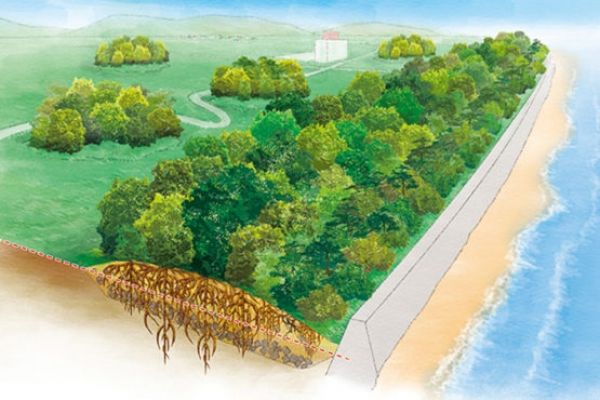In tsunami preparedness, it turns out there can be strength in beauty. Rows of green hills strategically arranged along coastlines can help to fend off destruction from tsunamis while preserving ocean views and access to the shore. For some communities, they may offer a better option than towering seawalls.
Those are the findings of a peer-reviewed paper by a team of researchers who have tried to quantify how tsunami waves of different heights interact with mounds of various sizes and shapes arranged near the water’s edge. The research was published on May 4 in the journal Proceedings of the National Academy of Sciences.
Giant seawalls are the conventional approach to mitigating tsunami risk. Japan, for example, has built hundreds of miles of concrete walls, taller than 40 feet in some places, at a cost of more than $12 billion since tsunami waves crashed through seawalls and flattened coastal communities throughout eastern Japan in March 2011.
Continue reading at Stanford University
Image via Stanford University


